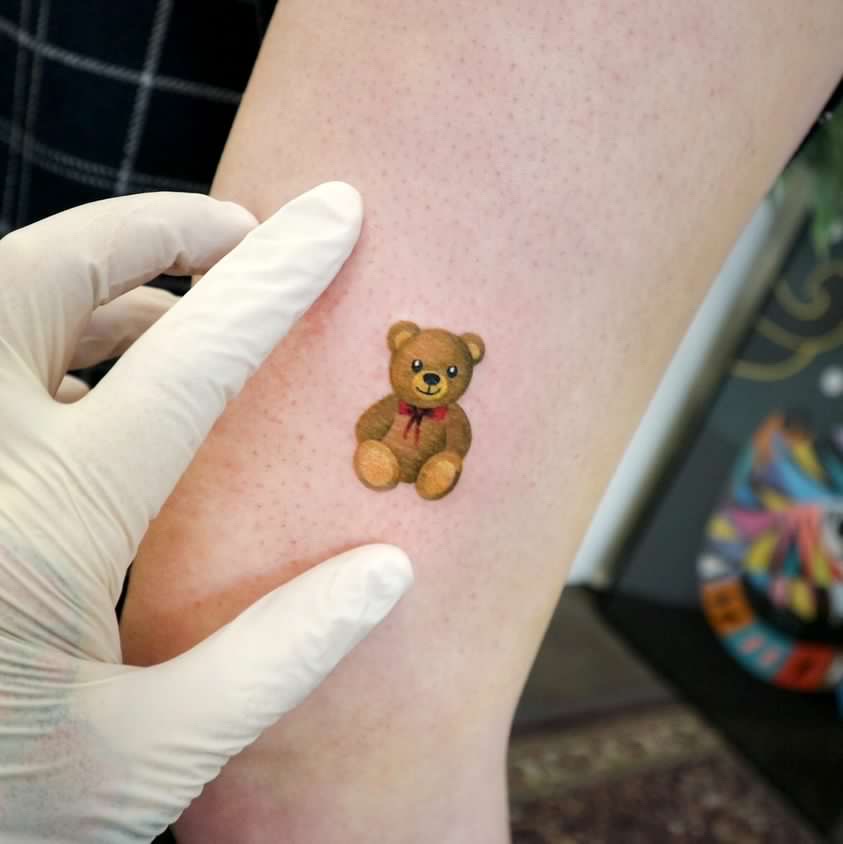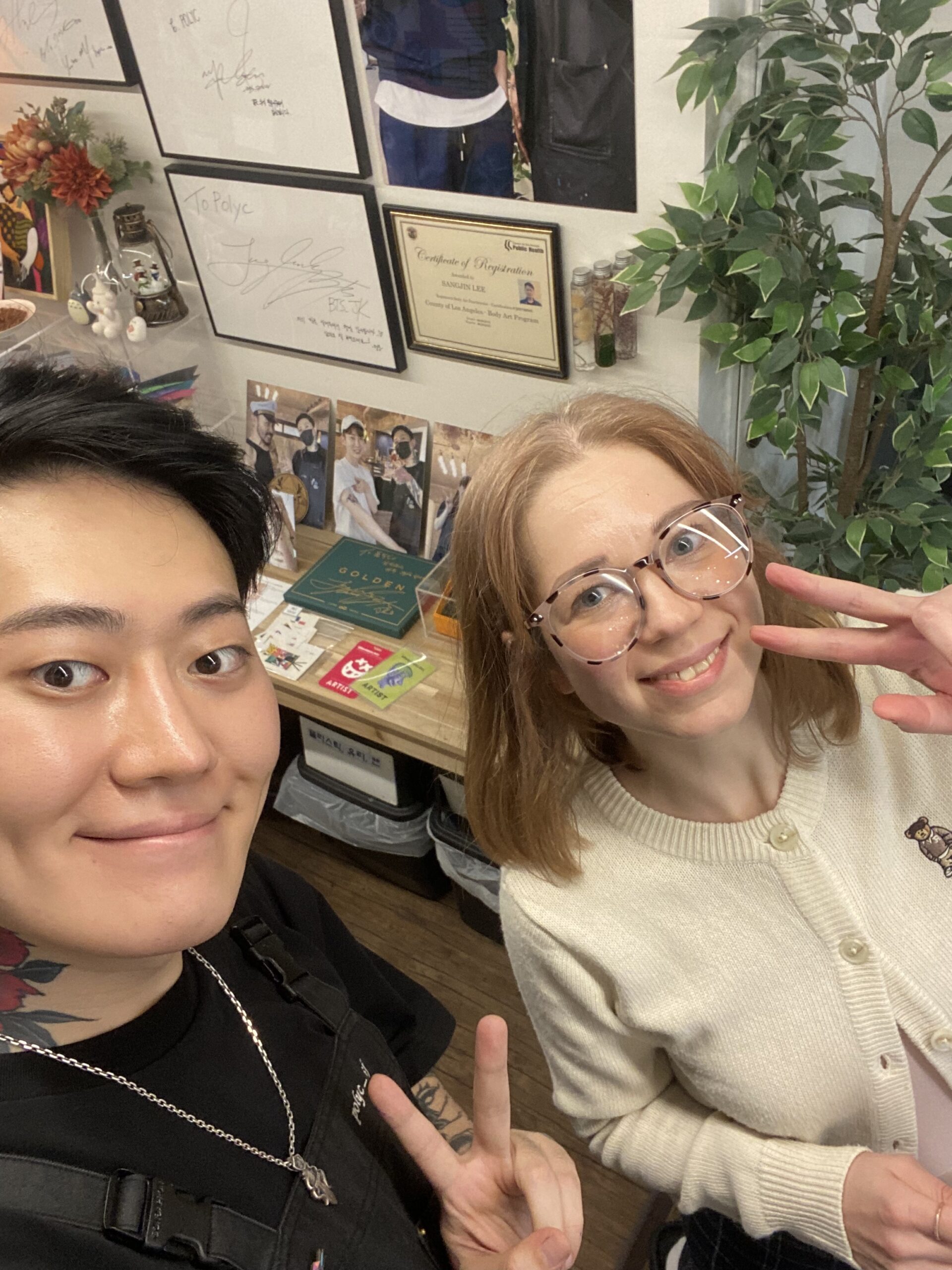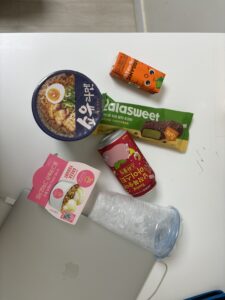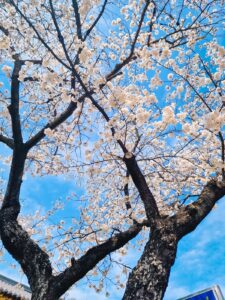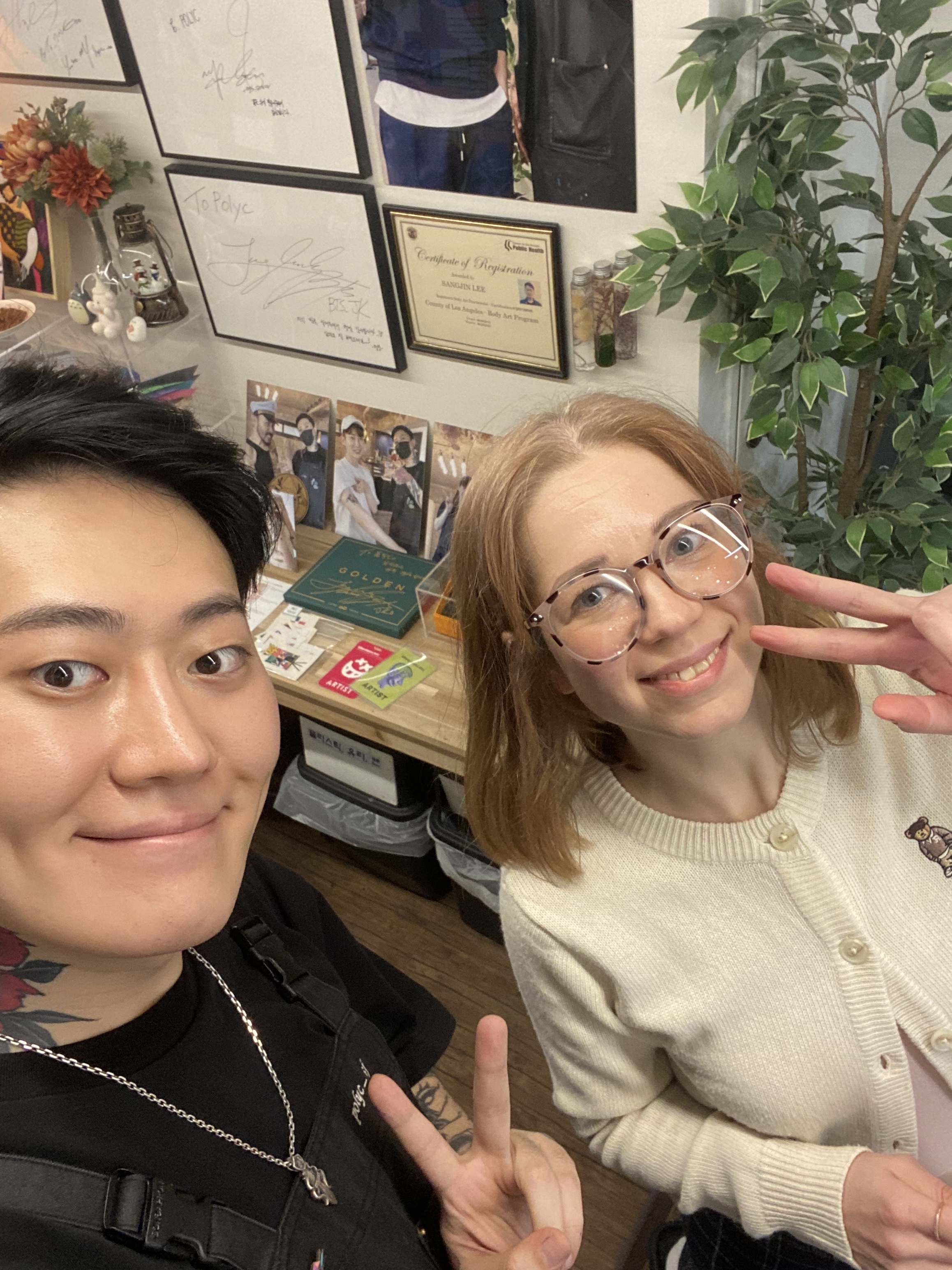
Tattoos, for me, are more than just ink on skin; they serve as well-loved memories and as permanent reminders of my travels. Therefore, I’ve made it a tradition to acquire them as souvenirs during any trip I take. Every destination boasts its own unique style of tattooing, with renowned artists infusing their distinct vibes into each piece. It’s an opportunity to capture the spirit of a place and carry it with me wherever I go. Therefore, it was only natural that I wanted to get a tattoo while in Seoul.
In recent years, the perception of tattoos in Korea has undergone some changes, particularly among the younger generation. Once stigmatised, tattoos are now increasingly viewed as a form of self-expression and artistry among Gen Z. While traditional cultural values may still be present among the older generations, who may perceive tattoos as taboo or unprofessional, societal attitudes are gradually shifting. The rise of K-pop culture and global influences has played a significant role in normalising tattoos, with many celebrities these days displaying their inked skin. Additionally, the embrace of individualism has contributed to a more open-minded perspective towards body art. However, despite these changing attitudes, some social barriers persist, particularly in conservative environments such as the workplace. Nevertheless, personal expression and diversity are increasing, and my colorful forearms didn’t receive any noteworthy negative attention.
There are a lot of great artists out here, and the style is certainly different from the traditional tattoos of the Western World. Here, the focus seems more on simple, clean lines while being whimsical and colorful. This was perfect for me because I did want something joyful.
Most tattoo artists can be found on Instagram and also offer English-speaking booking services. If the tattoo artist does not speak English, they will usually have a manager who is able to serve as a translator. I have noticed that these artists usually come with a higher cost—probably because you pay two people rather than just one. The artists I was in contact with spoke English well enough, and no translator was needed. The designs I wanted were also on the simple side. In both instances, the final piece would be created on the spot in the studio, but I will touch base on this later.
Allow me to revert back to the booking process for a moment. Once the initial inquiry has been sent, artists usually revert back with a number of questions, such as the theme of the tattoo, its location, the rough size, particular requests you may have, and if there are any picture references. They will also ask a picture of the body part in question and, in addition to that, may ask for your skin color. Once this information is provided, monetary matters will be discussed. The cost of a tattoo may vary from artist to artist, but I found that they are generally a bit more pricey in Korea compared with the UK or US, where I had most of my other recent work done. For example, I asked some artists in London for a quote for a black flowery line work design and was offered 70 GBP – 100 GBP (89 USD – 126 USD). For the same reference material, I got quoted 150 USD – 200 USD (119 GBP – 159 GBP) from artists in Seoul. Deposits in London were around 50 GBP (63 USD), while in Seoul they seemed to range from 25 to 50% of the total cost. With all my requests, every Seoulite tattoo artist quoted their prices in US dollars rather than KRW. As soon as my deposit payment was made, I received the booking confirmation from the artist.
One of the tattooists I visited in Seoul was Polyc, who is among the most famous Korean artists. He had many Korean celebrities as clients, among them Jungkook from BTS. (He was also in charge of the “7” design for all the band members share.) As an Army, he was a top choice. But even without this connection, he would have been high up on my list as his style is fantastically unique and mind-blowing.
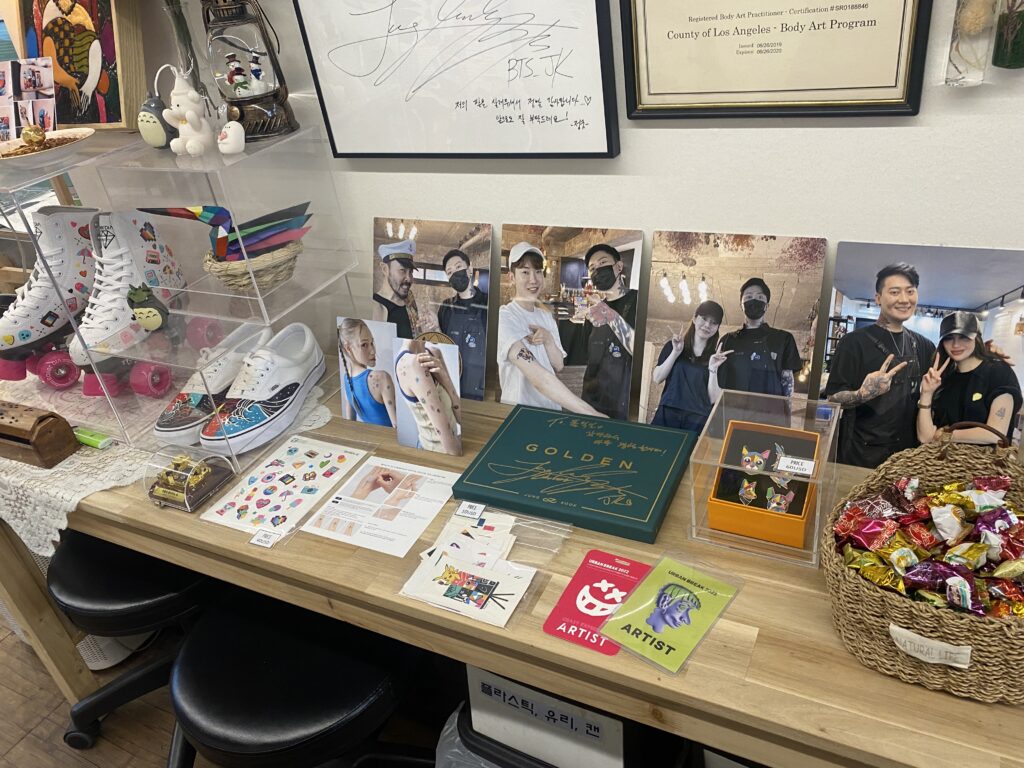
In the US and Europe, tattoos have been rather common for generations, and being a Tattooist is a perfectly legal occupation. Korea, on the other hand, is a little more complicated. Unlike in the Western world, you will not find many tattoo parlours that broadly and boldly displayed. While tattoo parlours are tolerated to some extent, the current laws are complex and somewhat restrictive. According to existing regulations, only licensed medical professionals, such as doctors, are legally permitted to perform tattoos. This requirement presents a significant barrier for aspiring tattoo artists, as obtaining a medical license is a lengthy and challenging process that does not typically align with the skill set or aspirations of those in the tattooing profession. As a result, many talented artists operate in a legal grey area, with their craft existing in a state of semi-legality. But despite these challenges, the tattoo industry in Korea continues to thrive. Efforts to revise outdated laws and provide clearer guidelines for tattooing are underway, reflecting a growing recognition of the cultural significance and economic impact of the tattoo industry. Establishments like InkItUp Studio and Seoul Ink Society have gained prominence, further illustrating the resilience of Seoul’s tattoo community in the face of regulatory challenges.
Whether we are talking about fashionable tattoos or eyebrow microblading, the artist will only share their full address the day before the appointment. In my cases, the locations turned out to be discrete buildings in quiet side-streets of unassuming neighbourhoods, far away from any flashy advertisements you would see in the US or EU. Whoever is now slightly concerned reading this, there is absolutely no need. Getting a tattoo is not illegal. The environment is spotlessly clean, and it’s obvious that the artists take great pride in their work. All hygienic requirements are followed and would make even the most stringent health inspector nod in approval. From sterile equipment to single-use needles, every precaution was taken to ensure a safe and comfortable experience. The tattooing experience was very pleasant in all cases, and the artists will always check in to ensure you’re happy with the work.
Upon arrival, you will be greeted by the artist and asked to put on slippers—like you would in any Korean household. We then discussed my designs. In all cases, I could watch my tattoos come to life on the Tablet before the artist would create the stencil. Once I was a hundred percent happy with the placement and the size, the procedure started. From there, the process is very similar to previous experiences: The aftercare is discussed, and the payment is being made. Would I recommend getting a tattoo in Seoul? Absolutely. I can’t wait to get my next piece done! Especially because Polyc is not only a great artist, he is also one of the nicest and kindest people you will ever meet!
